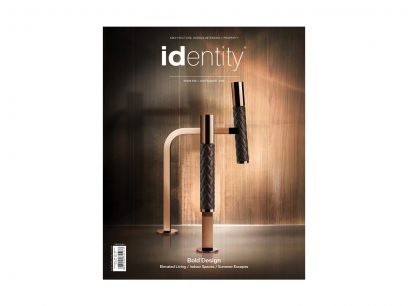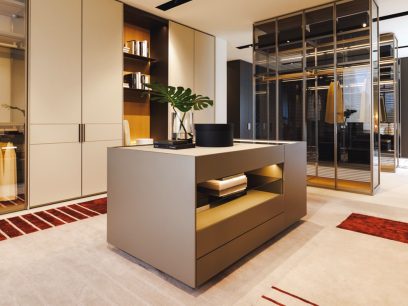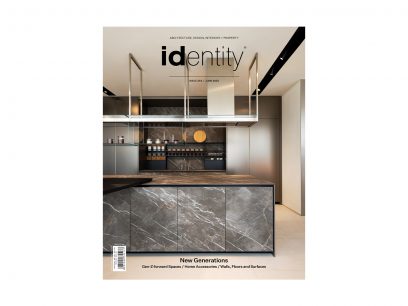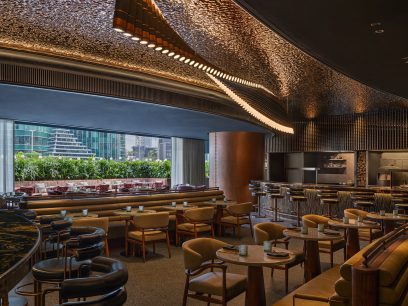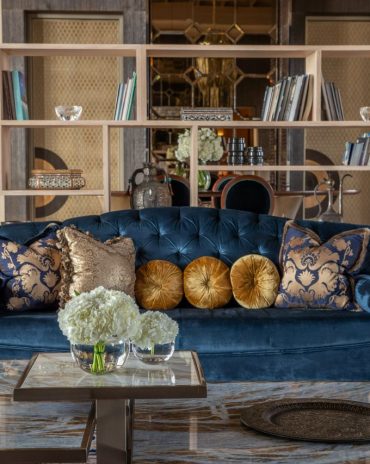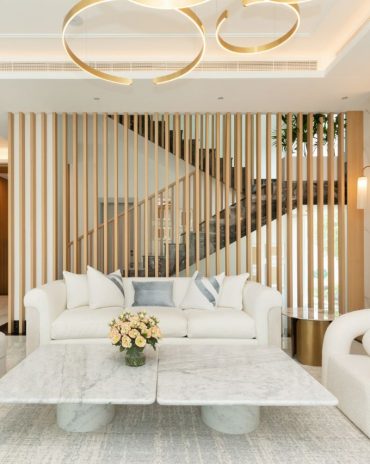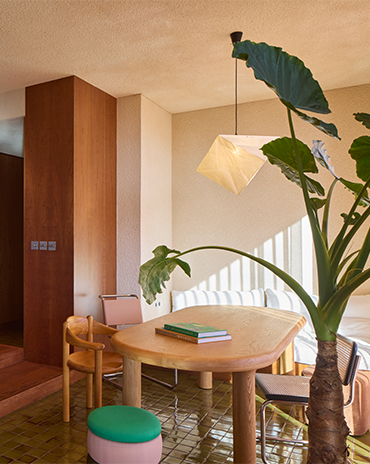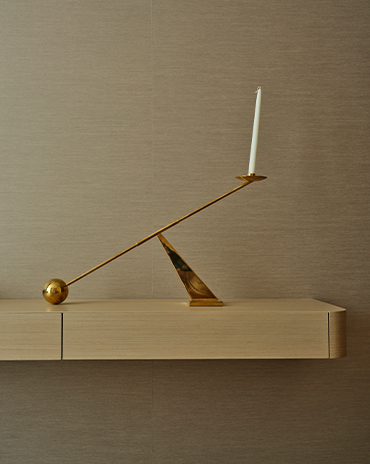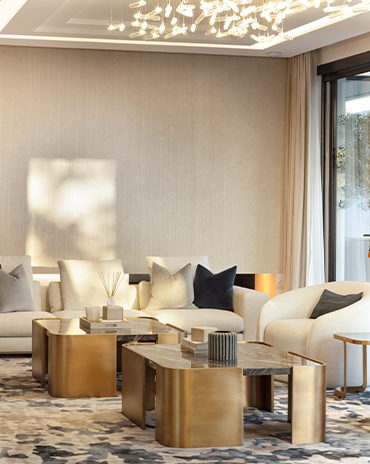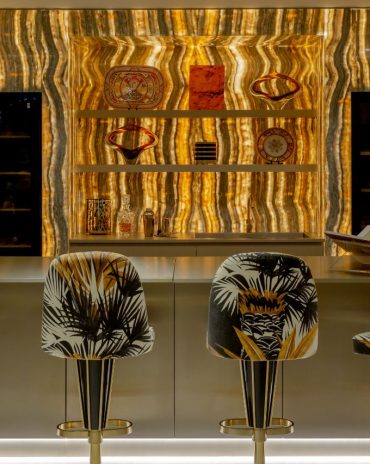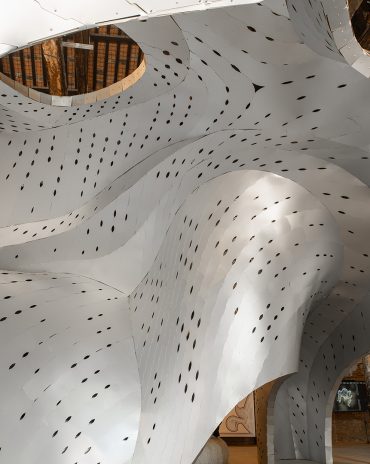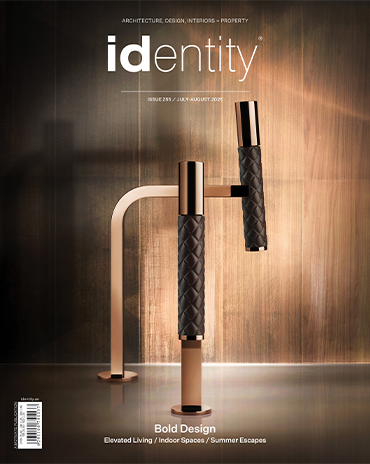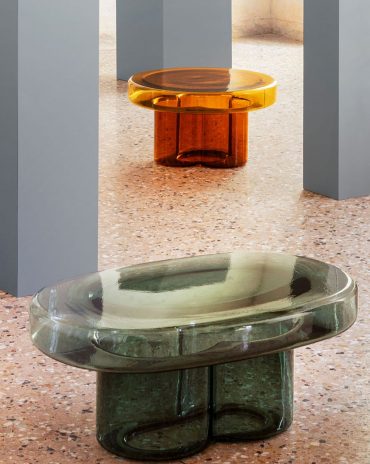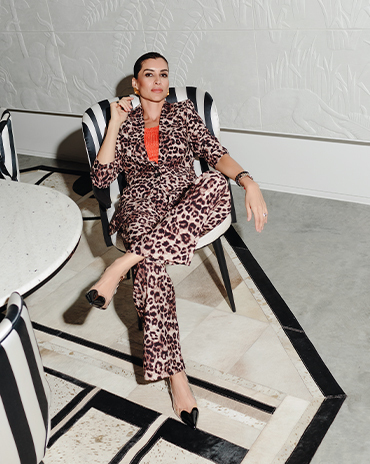Copyright © 2025 Motivate Media Group. All rights reserved.
Celebrating 100 years of De Stijl
We are chronicling the people, places and objects that will stand the test of time.

Neoplasticism is an unfamiliar term to most, yet plenty will know its more common name: De Stijl (literally ‘The Style’). The hugely influential artistic movement began in 1917 in the Dutch city of Leiden and was unusual in its determination to embrace simplicity.
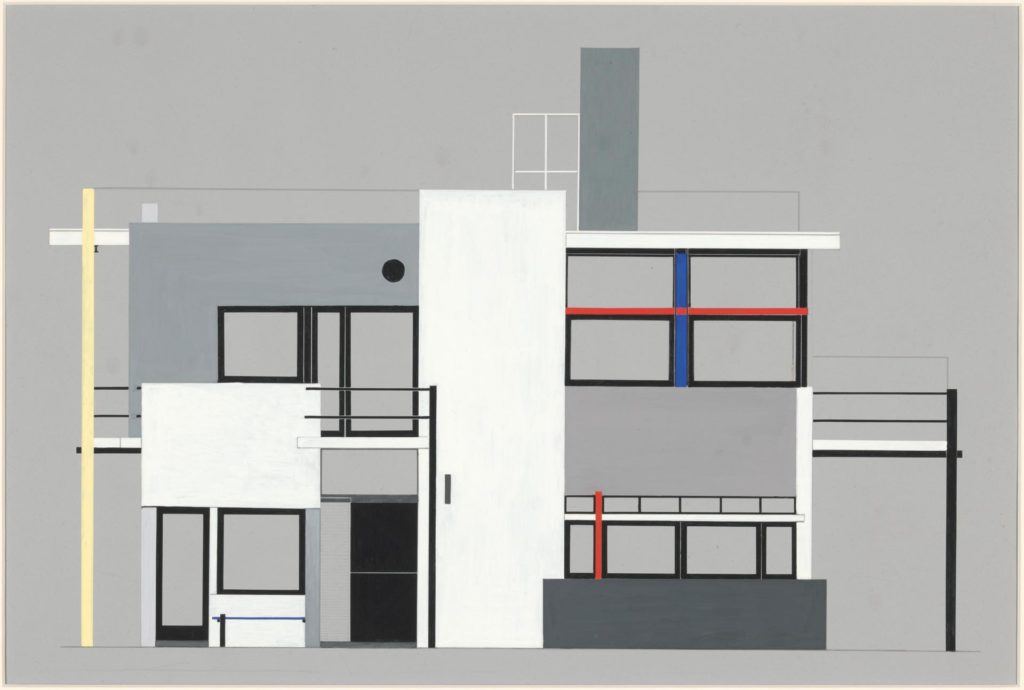
De Stijl was characterised by its desire to express a new ideal of order and spiritual harmony, and by its advocacy of reduction to essential forms and colours: only vertical and horizontal elements were initially used, and only black, white and primary colours.
The movement consisted of artists and architects, and its principles were therefore seen as being equally applicable to both disciplines, and beyond. Perhaps the most famous member and proponent of De Stijl was Piet Mondrian (1872-1944), the Dutch painter who created the renowned works that have inspired designers working on everything from Yves Saint Lauren clothing to hair product packaging.
Mondrian’s most famous grid-based pieces were very simple in their composition, and rigid in their adherence to the movement’s principles. Later, however, Mondrian showed the versatility of De Stijl, using a greater variety of angles and colours – particularly in the works that were in progress or finished shortly before his death.
Indeed, this evolution has expanded the influence of De Stijl, as ‘colour-blocking’ – a freer, more flexible interpretation of principles – continues to find popularity among designers of buildings, clothing, jewellery and furniture.
One of the original aims of De Stijl was to deliver impact that went far beyond only painted works. Its earliest members included architects J. J. P. Oud (1890–1963) and Gerrit Rietveld (1888-1964) – and it was the latter who created the Red and Blue Chair of 1917 that’s pictured here.
Just one building was created completely in accordance with De Stijl principles – the Rietveld Schröder House – yet the movement influenced architecture greatly for many years afterwards, such as Oud’s Café De Unie in Rotterdam and the Eames House by Charles and Ray Eames.
For final proof of De Stijl’s continuing and widespread influence, Moscow Metro’s Rumyantsevo and Salaryevo stations, which opened last year, feature design aesthetics inspired by the principles established a century ago.
The Latest
Design Take: Inside the Royal Suite at Jumeirah Al Naseem
With sweeping views of the ocean and Burj Al Arab, this two bedroom royal suite offers a lush stay.
Elevated Living
Designed by La Bottega Interiors, this penthouse at the Delano Dubai echoes soft minimalism
Quiet Luxury
Studio SuCo transforms a villa in Dubailand into a refined home
Contrasting Textures
Located in Al Barari and designed by BONE Studio, this home provides both openness and intimacy through the unique use of materials
Stillness, Form and Function
Yasmin Farahmandy of Y Design Interior has designed a home for a creative from the film industry
From Private to Public
How ELE Interior is reshaping hospitality and commercial spaces around the world – while staying unmistakably itself
A collaborative design journey
A Life By Design (ALBD) Group and Condor Developers have collaborated on some standout spaces in Dubai
New Episode: In Design With: Ahmed Bukhash
Watch the latest episode on In Design With.
Highlights of the Biennale Architettura 2025
We shine a light on the pavilions from the Arab world at the Venice Architecture Biennale, on display until Sunday 23 November 2025
Read ‘Bold Design’ – Note from the editor – July/August 2025
Read identity magazine's July/August 2025 edition on ISSUU or grab your copy at the newsstands.
Things to Covet
Elevate your spaces with a pop of colour through these unique pieces
Designing Spaces with Purpose and Passion
We interview Andrea Savage from A Life By Design – Living & Branding on creating aesthetically beautiful and deeply functional spaces

